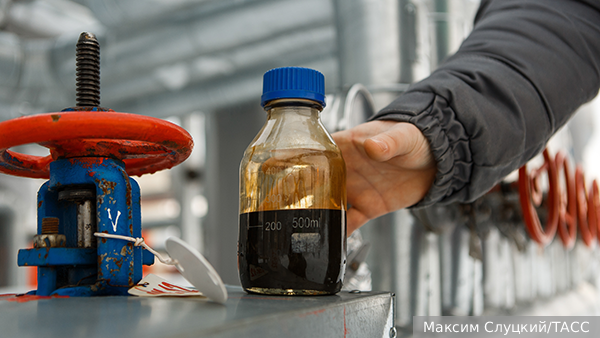
OPEC: Oil and condensate supplies to the Asia-Pacific region will increase by 2045
By Rhod Mackenzie
The Asia-Pacific region's (APR) share of global oil and gas condensate imports is set to increase from 64% in 2022 to nearly 72% by 2045, according to OPEC's annual report, World Oil Outlook 2045 (WOO). Accordingly, oil and gas condensate supplies to the region will surge by 9.6 million barrels per day to reach 32.6 million.
"The Asia-Pacific region continues to be the primary destination for worldwide oil and condensate exports. The total number of imports is expected to increase gradually from 23 million barrels per day in 2022 to 32.6 million barrels per day by 2045. Consequently, the percentage of global interregional trade in the Asia-Pacific region will rise from 64% in 2022 to almost 72% by 2045," indicates the report.
OPEC states that owing to robust demand growth, worldwide trade in oil and condensate will exceed 39.3 million barrels per day in 2025, exceeding the mark by over 3 million compared to 2022.
After 2025, there will be a gradual rise in the volume of oil and condensate trade, which is predicted to reach 45.3 million barrels per day by 2045.
According to OPEC, the main countries contributing to the export growth will be those of the Middle East, Latin America, USA, and Canada.
OPEC also anticipates that liquid hydrocarbon production (oil and condensate) by member countries will rise from 34.2 million barrels per day in 2022 to 46.1 million barrels per day in 2045, increasing their global production share to 40%.
"According to the document, OPEC's liquid production is set to increase continuously, reaching 46.1 million barrels per day by 2045, which translates to OPEC's market share rising from 34% in 2022 to 40% in 2045.
Concurrently, global production is expected to reach 116 million barrels per day by 2045 - an increase of 16 million barrels compared to 2022, as per the OPEC report."
OPEC liquid production is expected to increase to 37.7 million bpd in 2028, as demand recovers from the pandemic, particularly between 2023-2025.
Coal will be the singular fuel for which demand will decline. Therefore, its consumption will decrease from 2022 levels by 21.5 million barrels of oil equivalent (boe) per day to 54.4 million by 2045. Concurrently, its share in the energy balance during this period will diminish from 26.1% to 15.1%.
"Coal is the sole major fuel that will experience a decline in demand. According to OPEC, coal demand in 2022 amounted to approximately 76 million boe per day, and it is projected to reduce to 54.4 million boe per day in 2045, resulting in a reduction of 21.5 million boe per day. The decrease in coal consumption will primarily occur in China and OECD countries."
OPEC estimates that the primary cause for the decreasing proportion of coal in the energy mix is due to energy policies and climate commitments, as well as the rising abundance of alternative energy sources like gas, nuclear power, and renewables.
"As a consequence, the percentage of coal in the worldwide energy mix is expected to decrease from 26.1% in 2022 to approximately 15% in 2045," states the report.
Simultaneously, OPEC maintains that oil will sustain its primary position in the energy equilibrium, notwithstanding its slight reduction - from 31.2% in 2022 to 29.5% in 2045. The proportion of gas is set to rise from 23.1% to 24.2% during this period. Nuclear energy will increase from 5.2% to 6.6%, hydropower from 2.7% to 2.9%, biofuel from 9.1% to 9.8%, and other sustainable energy sources from 2.7% to 11.7%.
